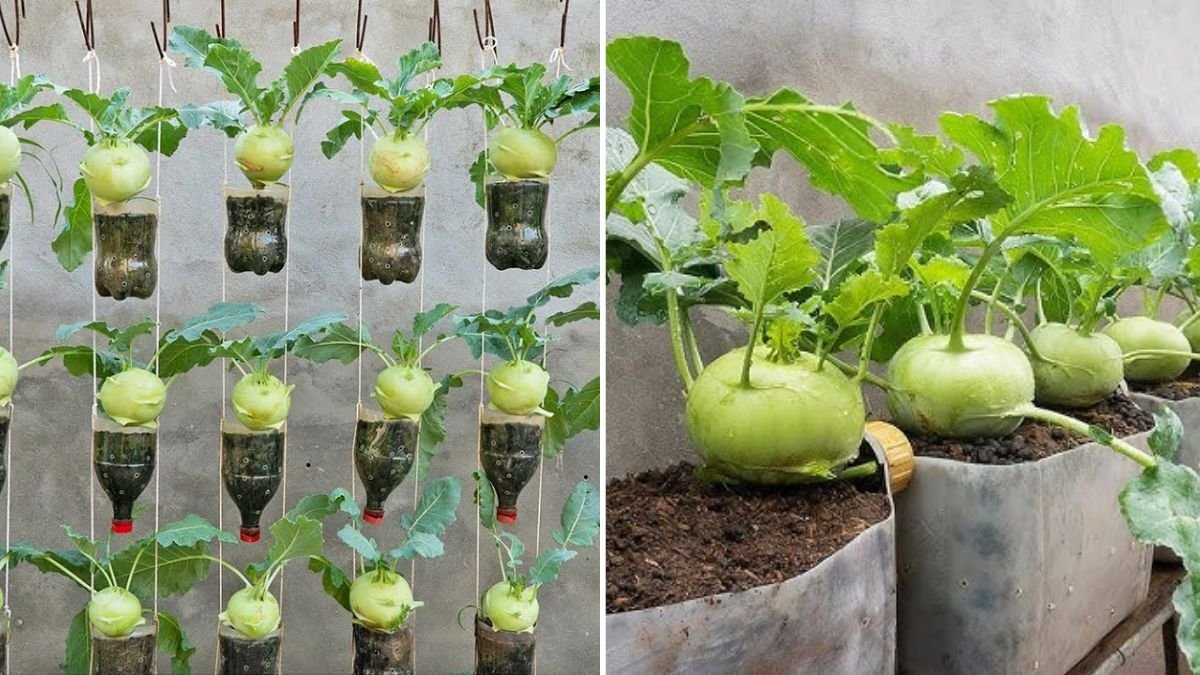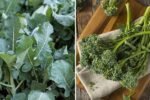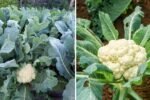In the world of vegetables, kohlrabi is often recognized for its bulbous stem — a crisp, sweet cousin of cabbage and turnip. But what many Americans don’t realize is that the real nutritional treasure lies above the bulb — in its kohlrabi greens.
Long overlooked and often discarded, these vibrant leaves are making a strong comeback across American kitchens and farmers’ markets. From California’s plant-based cafes to Midwest home gardens, kohlrabi greens are now being celebrated as a flavorful, versatile, and nutrient-packed supergreen.
Whether you sauté them with garlic, toss them into a salad, or blend them into your smoothie, kohlrabi greens deserve a starring role in your kitchen. This article explores their nutritional power, cooking versatility, and why they’re becoming a favorite among health-conscious Americans.
What Are Kohlrabi Greens?
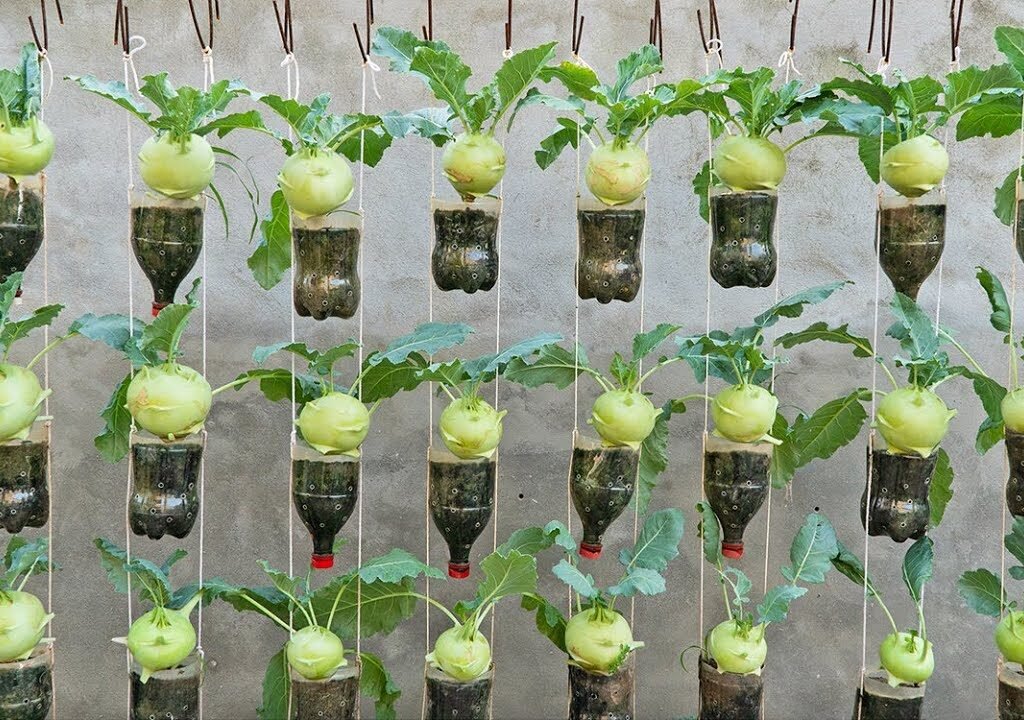
Kohlrabi (Brassica oleracea var. gongylodes) belongs to the same cruciferous family as broccoli, kale, and collard greens. While most people focus on the crunchy bulb, the plant’s broad, deep-green leaves are edible, tender, and bursting with flavor.
Kohlrabi greens have a mild, slightly peppery taste — a cross between collard greens and spinach. The younger leaves are soft and ideal for salads, while mature leaves hold up beautifully in sautés, soups, and stews.
In short: if you’ve been tossing these greens into the compost, you’ve been missing out on one of the most nutritious and sustainable vegetables available in the American market today.
The Nutritional Powerhouse: Why Kohlrabi Greens Deserve Superfood Status
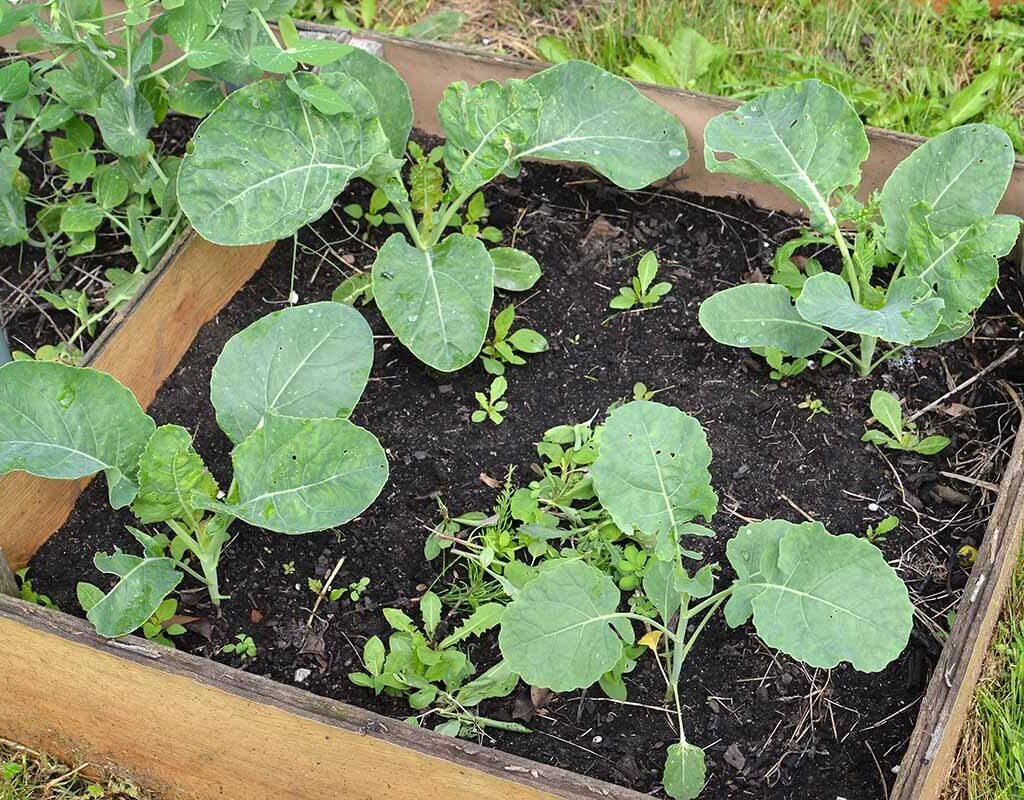
Kohlrabi greens aren’t just a tasty side dish — they’re loaded with essential nutrients that rival (and sometimes exceed) those found in kale and spinach.
Here’s what makes them a true American supergreen:
- Packed with Vitamins A, C, and K
- Vitamin A supports healthy skin and vision.
- Vitamin C boosts your immune system and collagen production.
- Vitamin K strengthens bones and aids blood clotting.
- Rich in Antioxidants
Kohlrabi greens contain carotenoids and flavonoids that help reduce inflammation and protect against chronic diseases like heart disease and diabetes. - High in Fiber
These greens promote healthy digestion, regulate blood sugar, and keep you feeling full longer — perfect for weight management. - Loaded with Calcium and Iron
Essential minerals for strong bones and improved energy levels. - Low in Calories, High in Nutrients
One cup of cooked kohlrabi greens contains fewer than 40 calories but packs a punch of vitamins and minerals.
No wonder nutritionists and dietitians across the U.S. are calling it one of the most underrated greens in the produce aisle.
Sustainability: The Zero-Waste Hero of American Gardens

In the growing American movement toward sustainable eating and zero-waste cooking, kohlrabi greens are a perfect example of how to get more from every plant.
Most grocery stores sell kohlrabi with the greens still attached, but many shoppers discard them, unaware of their value. By cooking and consuming the greens, you not only enjoy extra nutrition but also reduce food waste — a major step toward sustainable living.
For home gardeners, kohlrabi greens are also an early harvest reward. The leaves can be trimmed and enjoyed even before the bulb matures, ensuring multiple uses from one plant.
How to Grow Kohlrabi Greens in Your Home Garden
Kohlrabi is an excellent choice for both beginner and experienced gardeners in the U.S. It grows quickly, tolerates mild frost, and offers two crops in one — the bulb and the greens.
Here’s how to grow it successfully:
1. Choose the Right Variety
Popular varieties like Purple Vienna and White Vienna thrive in most American climates. Both produce flavorful bulbs and abundant leaves.
2. Planting Season
Kohlrabi prefers cool weather.
- In northern U.S. states, plant seeds in spring (April–May) or late summer (August) for fall harvest.
- In southern states, plant in fall or early winter when temperatures are cooler.
3. Soil and Sunlight
Use well-draining, fertile soil with a pH between 6.0 and 7.5.
Kohlrabi loves full sun but can tolerate partial shade.
4. Watering
Keep the soil evenly moist. Overwatering can cause rot, while underwatering leads to tough greens.
5. Harvesting the Greens
You can start harvesting young kohlrabi leaves when they reach about 4–6 inches long.
Harvesting regularly encourages new leaf growth while allowing the bulb to mature.
6. Pest Management
Common pests include aphids and cabbage worms. Use neem oil or companion planting (like marigolds and mint) to keep them away naturally.
Cooking with Kohlrabi Greens: Delicious and Easy American Recipes
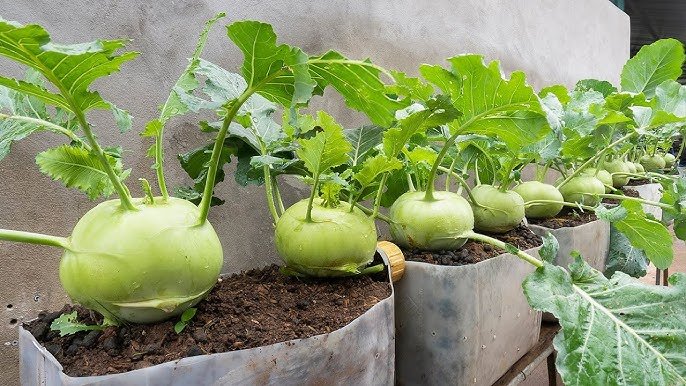
Kohlrabi greens can replace kale, spinach, or collards in most recipes. They hold up well to heat and pair wonderfully with classic American ingredients like garlic, olive oil, lemon, and even bacon.
Here are some easy, flavor-packed ways to enjoy them:
1. Sautéed Kohlrabi Greens with Garlic and Olive Oil
- Heat olive oil in a skillet.
- Add chopped garlic and a pinch of red pepper flakes.
- Toss in chopped kohlrabi greens and cook for 5–7 minutes until tender.
- Finish with a squeeze of lemon juice.
A quick, heart-healthy side dish that pairs with grilled fish, steak, or roasted chicken.
2. Creamy Kohlrabi Greens Soup
Blend sautéed greens with onions, potatoes, and vegetable broth for a silky, comforting soup. Add a swirl of cream or coconut milk for richness. Perfect for cool autumn nights.
3. Kohlrabi Greens and Quinoa Salad
Massage raw young leaves with olive oil and lemon juice, then toss with cooked quinoa, cranberries, and almonds. It’s a nutrient-packed lunch bowl that fits into vegan and gluten-free diets.
4. Southern-Style Braised Kohlrabi Greens
Cook the greens slowly with onion, garlic, and smoked turkey or ham hock. Add a splash of apple cider vinegar for tang. A soulful twist inspired by traditional collard greens.
5. Kohlrabi Green Smoothie
Blend fresh kohlrabi leaves with banana, pineapple, and coconut water. The mild flavor and nutrient density make it a fantastic green smoothie base.
Kohlrabi Greens in the American Diet: The Next Big Trend
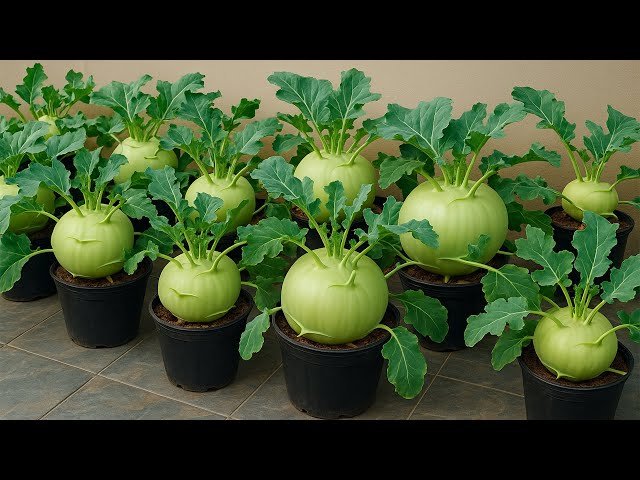
As Americans shift toward plant-based, local, and sustainable eating, kohlrabi greens are gaining popularity across multiple culinary movements:
- Farm-to-Table Cooking – Chefs from Portland to New York City are featuring sautéed kohlrabi greens on restaurant menus for their unique texture and earthy sweetness.
- Plant-Based Nutrition – Vegans and vegetarians love kohlrabi greens as a nutrient-dense substitute for kale.
- Zero-Waste Cooking – Food influencers are promoting recipes that use the entire vegetable, encouraging mindful consumption.
- Home Gardening – With short growing cycles and edible leaves, kohlrabi is a favorite among American backyard gardeners and balcony growers.
It’s not just a trend — it’s a movement toward smarter, more sustainable eating.
Kohlrabi Greens vs. Kale: The Nutritional Face-Off
Kale has long dominated the American superfood scene, but kohlrabi greens are giving it serious competition.
| Nutrient | Kohlrabi Greens | Kale |
|---|---|---|
| Vitamin C | Higher | Moderate |
| Fiber | High | High |
| Flavor | Milder, slightly sweet | Strong, earthy |
| Texture | Tender yet hearty | Dense and chewy |
| Cooking Versatility | Great for sautés, soups, salads | Mostly cooked |
Kohlrabi greens are easier to cook, softer in texture, and have a sweeter flavor profile — perfect for Americans who want healthy greens without the bitterness of kale.
Health Benefits at a Glance
Regular consumption of kohlrabi greens can help:
Boost immunity with Vitamin C and antioxidants.
Strengthen bones and teeth with calcium and Vitamin K.
Improve digestion with dietary fiber.
Support weight loss through low-calorie density.
Reduce inflammation and oxidative stress.
Incorporating kohlrabi greens into your weekly diet is a simple way to upgrade your health while adding variety to your meals.
Conclusion: Give Kohlrabi Greens the Credit They Deserve
For too long, kohlrabi greens have been the unsung hero of the produce aisle — trimmed off, tossed aside, and forgotten. But as America embraces a healthier, greener, and more sustainable food culture, these leaves are finally getting their moment in the spotlight.
From their impressive nutrient content to their culinary flexibility, kohlrabi greens are proof that the best things in life often grow right above what we see. Whether you sauté, blend, or bake them, these greens are here to transform your meals — and your health.
So the next time you pick up a kohlrabi at your local farmers’ market or grocery store, keep those greens intact. Your body — and your taste buds — will thank you.
